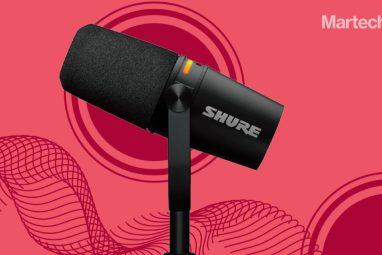Consumers Return To Stores For Enhanced Shopping Experience: Kearney Middle East Report
UAE residents prefer to purchase clothes, bags and accessories in-store, with convenience (51 per cent), an enhanced shopping experience (49 per cent) and competitive pricing (44 per cent) being the main motivators. As Covid-19 cases continue to decline in the country, residents regain confidence in brick-and-mortar stores. With online, in-store and omnichannel retailers going head-to-head […]
Topics

UAE residents prefer to purchase clothes, bags and accessories in-store, with convenience (51 per cent), an enhanced shopping experience (49 per cent) and competitive pricing (44 per cent) being the main motivators.
As Covid-19 cases continue to decline in the country, residents regain confidence in brick-and-mortar stores.
With online, in-store and omnichannel retailers going head-to-head for customer acquisition, building stronger brand connections will become integral, said Debashish Mukherjee, Partner, Consumer and Retail at Kearney Middle East.
Also Read: How Retailers Can Drive Multi-brand Loyalty
“Consumption habits have undergone a fundamental transformation in the past 18-months, where we saw a rapid acceleration in the adoption of online shopping and spending. While eCommerce has not slowed down, as retailers invest in creating a safe environment and competitive pricing of their goods and services, we see consumers returning to their trusted stores for an enhanced shopping experience,” commented Mukherjee.
The study revealed that over the last quarter, 34 per cent residents have increased their spending on non-essential items by over 25 per cent. This is compared to only 23 per cent respondents who reported an increased spending in June.
This increase echoes the forecast issued by Dubai Chamber of Commerce and Industry earlier this year, which estimates store-based retailing to grow at a CAGR of 5.7 per cent.
The most popular categories for in-store purchases were those which required physical inspection, including footwear (53 per cent), home or casual wear (37 per cent), and work clothing (35 per cent). When looking at motivating factors for online shopping, time saved (49 per cent) was the largest driver. This was followed by ease of purchase (37 per cent), Covid safety/restrictions (37 per cent) and ease of delivery (37 per cent).
“This year, we’ve seen online retailers start offering discounts as early as the second week of November with Singles’ Day sales, rather than the traditional kick-off on Black Friday. We expect retailers to start offering more in-store experiences; whether it is self or automated check-outs, click and collect, or store-in-stores concepts, consumers today are looking for new, more engaging ways of shopping,” concluded Mukherjee.
This research was conducted as part of a series of independent surveys by Kearney, the global management consultancy that explores trends in key sectors that contribute towards and support the region’s economic development.






